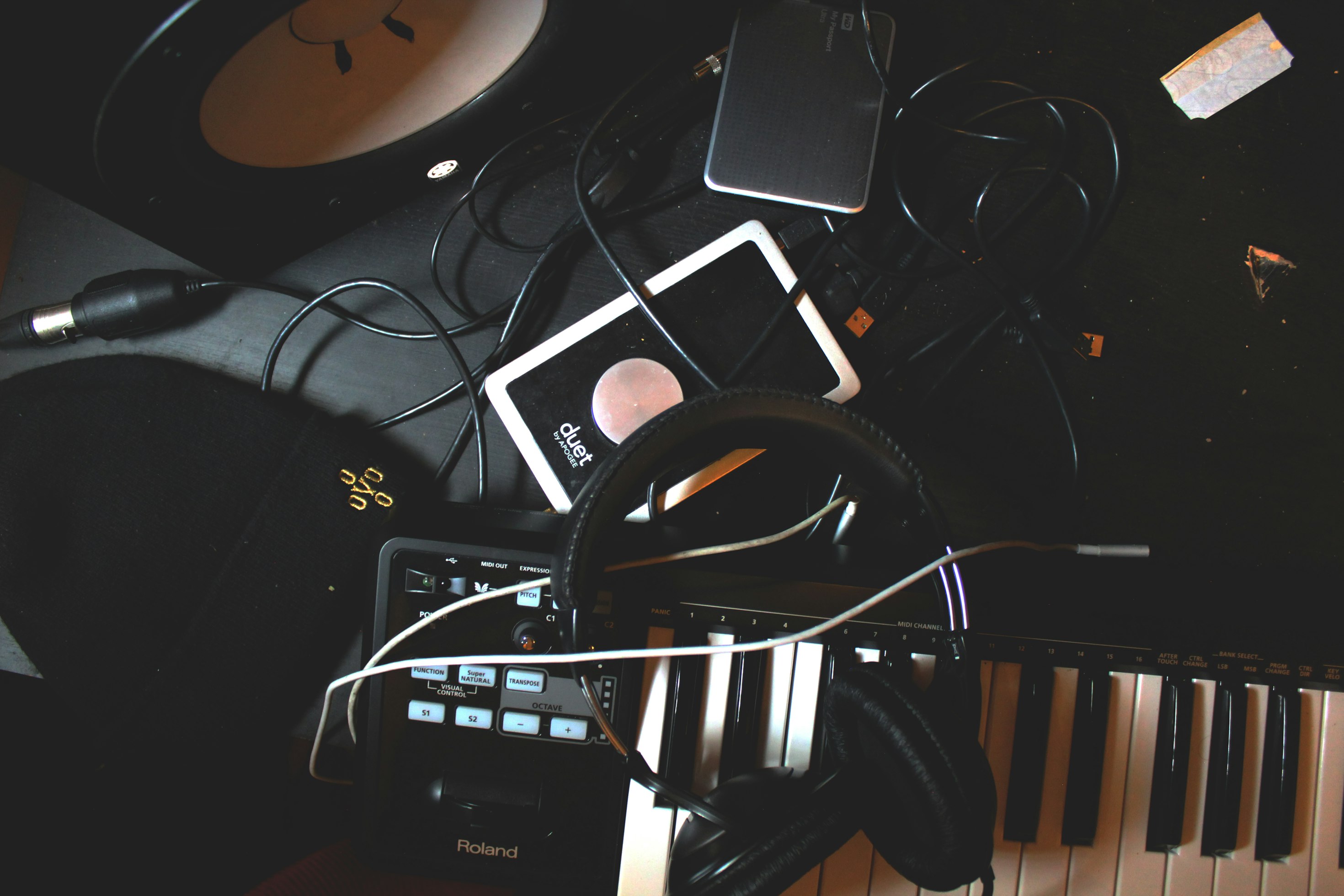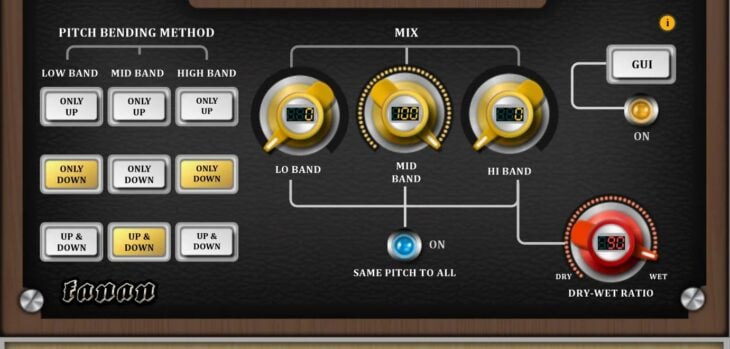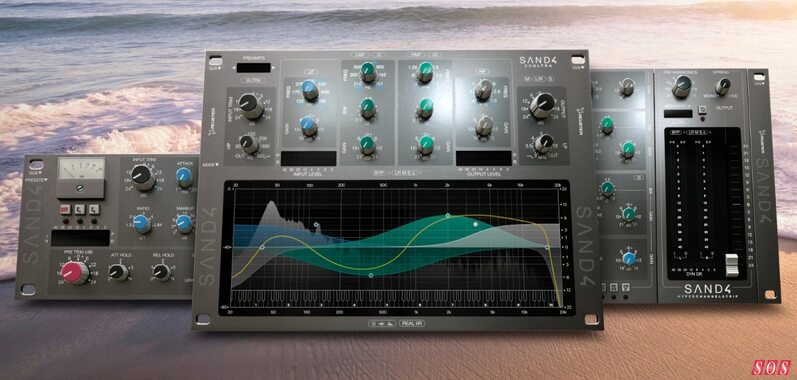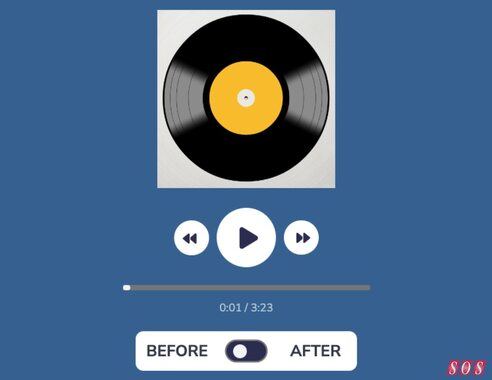Drunken Beats
The term Drunken Beats describes playing or programming a drum beat, that’s barely holding itself together but is still keeping in time. It has a pulling and pushing effect on the music, but always repeats itself and lands back on the 1. It’s a popular technique in Hip Hop and Neo Soul, famously used by …
The post Drunken Beats appeared first on Beat Production.
https://beatproduction.net/
The term Drunken Beats describes playing or programming a drum beat, that’s barely holding itself together but is still keeping in time. It has a pulling and pushing effect on the music, but always repeats itself and lands back on the 1.
It’s a popular technique in Hip Hop and Neo Soul, famously used by producers like DIlla, and Questlove. Electronic artists like Flying Lotus and Shigeto also use the drunken style at great lengths. Here’s a few ideas for you on getting that groove.
Start dusty and clunky
Find a break for the samples, something that sounds dusty & clunky already. In the kick pattern vary the velocity of the hits between hard and medium if you can to make it less robotic and more like a real drummer would play. Now take snare and copy a second just behind it, but with the volume down (eg. a fourth) and time stretch to make it sound different, more organic – a sound that sits a bit in the background. Then start by programming a standard hip hop 4/4 groove. The drunken technique sounds best just under 90.
Get shifty
Now go through the pattern and shift the kick or snare to the right, so it’s a bit slow and jumping. You can also put the kick and snare in front of the beat, which drives the beat forward instead of slumping behind. Same trick foes for starting with the flam – just put the extra hit before the downbeat and don’t play the downbeat note once you get the hang of it.
if you want to practice this for finger drumming, start with flams and then don’t hit the first note, just the second. voila you’re late with hitting the pad and you get a drunk drum break. it will take a bit of time to get used to it. Work on it and try and get it not sound so mechanical. it helps to bop your head to the beat you hear in your head to stay on beat.
Listen to J Dilla, Flying Lotus and Questlove as much as you can and try to mimic them. But keep in mind – the concept behind everything is the flam.
What’s a septuplet?
When you got the kick and snare drunk enough, you can add extra feel with the hi-hat. The easiest explanation is to play your hats by hand! You’ll see that over an over as advice in the online forums. It’s also my preferred method. But if you get stuck or make beats on the train to work with midi controller on your lap like I do sometimes, there’s a cool technique to get that feel on the midi grid. The secret is to line up the hats as septuplet.
In Ableton add 8 midi notes, then select them all and drag the handle so 7 midi notes fit into the space of 4. Delete the last one. Boom! Not as cool but as hitting the drum pads, but gets the job done just fine!
Keep refining
So now you have a solid drunk beat already. Thanks to the classic drum break samples, it has a strong hip hop feel to it, but what if you want to take it to another level?
Summon the ghost kick. Time to add some more groove to our beat. Drunken beats often lean heavy on the ghost notes. If you are unfamiliar with them, you should check out our guide on how to use ghost kicks and ghost snares. Here we low pass the kick and add them in a few places where it sounds good. Note that ghost kick adds to the rhythm and plays the role of the bass
Drum fills can really spice up your beats and they fit great to the drunken style. The secret here is to keep them simple. What you don’t want is a long overly complex drum fill like the 80s rock band used to do. Leave space instead of adding notes. Dilla was famous for Dropped Bar Technique, which is just another form of a drum fill, albeit a silent fill…
Another super simple thing you can do to switch it up the drum loop, is to take out one drum hit, for example the kick for the 4th bar. It gives gives you variation and makes the beat evolve and unpredictable.
Flying Lotus & Shigeto often have a quite prominent underlying thing to keep beats grounded, sometimes it’s the typical vinyl noise, but often it’s a synth drone or something monotonous. They both use sounds that don’t sound like drums necessarily, so pull out your iphone or field recorder and sample the world around you and see what can be transformed into choppable material!
Hope you dig these posts and learn something from them.
The post Drunken Beats appeared first on Beat Production.
This is a syndicated post. To read more, click the source link above.




